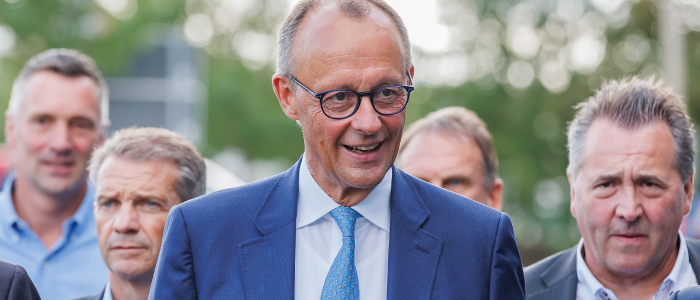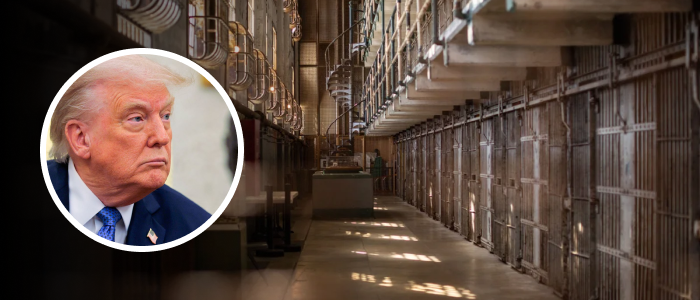Low-Earth orbit networks to improve connectivity on planes, ships, and in remote areas, as South Korea fast-tracks telecom innovation. (Image created by ChatGPT) SEOUL, April 28 (Korea Bizwire) — SpaceX and OneWeb are on track to launch low-Earth orbit (LEO) satellite communication services in South Korea before the end of 2025, according to the Ministry of Science and ICT. The ministry announced on April 27 that administrative procedures for approving the companies’ domestic satellite services are in the final stages.
Only two steps remain: antenna conformity assessment and cross-border supply agreement approvals. Once introduced, LEO satellite services are expected to dramatically enhance in-flight internet on aircraft, offering high-speed Wi-Fi, and improve welfare for seafarers on long-haul voyages by enabling access to online video services and video calls. The services are also anticipated to bolster communication in disaster-hit or remote areas with limited connectivity.

SpaceX applied for cross-border supply approval for its Starlink satellite internet service in May 2024, while OneWeb filed a similar application through its Korean partner Hanwha Systems in December 2024. To support stable operations, the ministry has allocated relevant frequency bands and amended telecommunications regulations. The government clears final hurdles for satellite internet services, while domestic R&D aims for self-reliant space tech by 2030.
(Image from SpaceX Starlinke webpage) Key updates include revising the frequency allocation chart to designate the 10.7–12.7 GHz and 14.
0–14.5 GHz bands for broadband satellite-mobile communications, and modifying technical standards to accommodate antennas on mobile platforms such as ships, planes, and vehicles. Amendments to the Radio Waves Act now allow users to directly purchase satellite terminals without separate licensing, provided the service provider obtains blanket approval for devices.
Kim Nam-cheol, director of radio policy at the Ministry of Science and ICT, stated at a press briefing on April 22 that antenna conformity assessments for imported Starlink and OneWeb terminals are pending but are expected to proceed quickly. While a definitive launch date remains uncertain, Kim emphasized that service is “definitely” slated to begin within 2025, depending on final adjustments to business plans. Starlink and OneWeb could either launch simultaneously or separately, depending on the timeline for completing administrative steps, he added.
As of now, no other companies have applied for LEO satellite service approval in South Korea, though Amazon has made preliminary inquiries, according to the ministry. Meanwhile, South Korea is accelerating efforts to develop its own LEO satellite communication technology, with full-scale research and development initiated this year. The goal is to achieve technological self-reliance by 2030, culminating in the launch of two domestically developed satellite communication payloads aboard the Nuri rocket.
To this end, the government has appointed the Electronics and Telecommunications Research Institute (ETRI) as the lead agency, with Korea Aerospace Industries (KAI) responsible for system integration and Solid handling terminal technology. ETRI will oversee collaboration among the partners. In parallel, the Ministry of National Defense is advancing its own satellite communication development efforts, coordinating on spectrum allocation with the Ministry of Science and ICT.
Minister of Science and ICT Lee Jong-ho emphasized the government’s commitment to strengthening South Korea’s competitiveness in the satellite communications sector through investments in international standardization and support for industry players. “We will expand private sector participation, promote the transfer of accumulated research expertise, and ensure key technologies are shared widely,” Lee said. Separately, the ministry plans to decide by June 2025 whether to reassign the soon-to-expire 3G spectrum — scheduled for expiration in December 2025 — and is also considering additional allocations for new 5G frequencies.
Kevin Lee ([email protected]).
Politics

Satellite Internet Era Arrives: SpaceX and OneWeb Set for South Korea Launch

SEOUL, April 28 (Korea Bizwire) — SpaceX and OneWeb are on track to launch low-Earth orbit (LEO) satellite communication services in South Korea before the end of 2025, according to the Ministry of Science and ICT. The ministry announced on April 27 that administrative procedures for approving the companies’ domestic satellite services are in the final [...]The post Satellite Internet Era Arrives: SpaceX and OneWeb Set for South Korea Launch appeared first on Be Korea-savvy.















